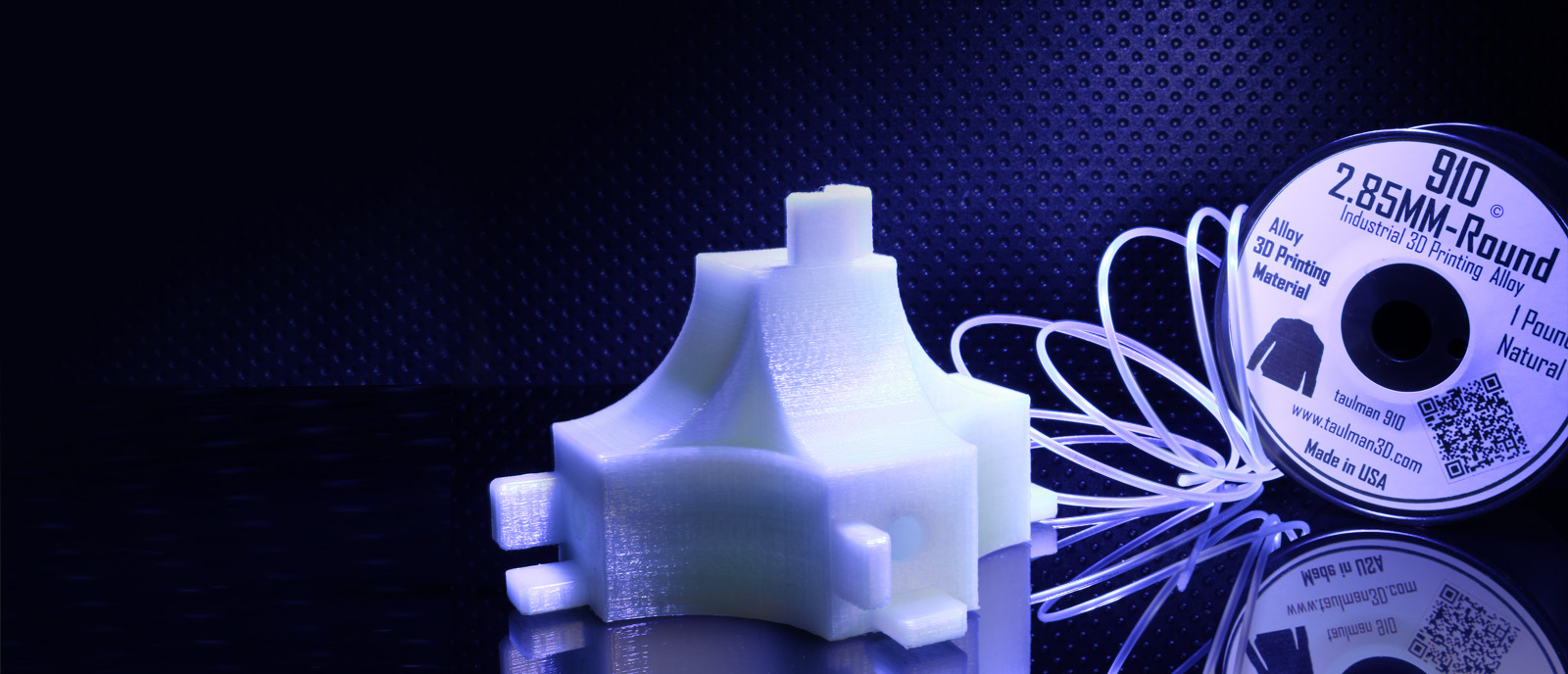3D Printing - How Exactly Does It Work?

3D printing has really taken the world by storm - or kind of. It's not as fantastical as it was prophesied, but the technology does drive many of the most efficient industrial processes enjoyed today. So what's all the magic behind it?
First off, it's important to understand the general picture. All 3D printers you will find the market are additive in function. That means they work by adding more and more of a certain material until they have created the desired object.
Here are the more specific ways 3D printing works"
1. Sterolithogrpahy (SLA)
Stereolithography (SLA) is the king of all goengineer 3D printing technologies. SLA is a layer-based mechanism where sections of a liquid medium, referred to as a phytopolymer, is solidified with the use of a layer. A metal platform is submerged in the liquid and held away from the surface at a distance equivalent to a tenth of a millimeter or closer - the thickness of a single layer. The first layer is then subjected to an ultraviolet laser and solidified, and then the platform repeats the process to create another layer. This isn't a very efficient 3D printing method, but it works with a variety of interesting materials, like ceramics, for an affordable price.
Extrusion Deposition
Extrusion Deposition is the simplest form of solidworks online training 3D printing that is more compatible with the mass market. When it comes to visualization, it is also the easiest 3D form to visualize. The process requires the use of a robot nozzle, which, like a hot glue gun, squeezes out a plastic building material with extreme position while it moves around. The idea is to produce one toughened layer on top of another.
Selective Laser Sintering (SLS)
For a tougher and greater diversity of materials, Selective Laser Sintering (SLS) has been the main choice. This technique requires spitting out an aerosol of the building material into space where the object is to be created. A highly precise laser blast then causes the molecules of the aerosol (typically of metal) to fuse until it increases in size and becomes the final product intended. A more advanced version of this technology is known as Selective Laser Melting (SLM) which also works in more or less the same way. But instead of using laser, SLM melts the building material particles completely so that denser and stronger final metals can be created.
Carbon Fiber
Lastly, one of the most specialized types of 3D printing is known as carbon fiber, which is usually used to print high-strength, low-density parts. These specialized and composite building materials, however, have not yet entered the higher end of the price range. For just a little over $5,000, a 3D printing enthusiast can create various objects in carbon fiber parts which are often better than those which were printed in metal. Read as well about 3D rendering at https://en.wikipedia.org/wiki/Architectural_rendering.